For those interested in the Book of Abraham, a great new website provides regular articles the emerging evidences of ancient origins of that sacred text. Those already using Book of Mormon Central (BookofMormonCentral.org) should be pleased with the efforts underway at Pearl of Great Price Central (PearlofGreatPriceCentral.org). Regarding the Book of Abraham, the website provides useful introductory information, given in part below:=
Since at least the 1960s, Latter-day Saint scholars have explored the text of the Book of Abraham to see what clues might exist that situate it in a plausible ancient setting. They have also argued for the legitimacy of Joseph Smith’s interpretation of the facsimiles as Egyptological knowledge has progressed. These efforts, in conjunction with ongoing progress in the fields of Egyptology and Near Eastern archaeology, have uncovered numerous points of convergence between the text and the ancient world. Evidence for Joseph Smith’s interpretation of the facsimiles has also come to light. These various lines of evidence do not “prove” the Book of Abraham is true, but they do help us situate the text in a plausible ancient environment, inform how we read the text, and positively impact our evaluation of Joseph Smith’s claims to prophetic inspiration.
To aid readers in these endeavors, Book of Mormon Central will be publishing a series of short essays as part of its new Pearl of Great Price Central research initiative. This series will (1) highlight some of the more noteworthy convergences between the Book of Abraham and the ancient world, (2) explore how Joseph Smith’s interpretations of the facsimiles harmonize with modern scholarship, and (3) provide an overview on what is known about the coming forth and translation of the Book of Abraham.
These short articles aim to provide readers with useful insights as they explore this rich and rewarding text and to bolster confidence in Joseph Smith’s claim to have translated the writings of Abraham. The articles have been kept deliberately short so as to not overwhelm readers with sometimes technical and arcane information about ancient languages and cultures. For those wanting to dive deeper into these matters, suggested readings will be provided at the end of each article.
In addition, a non-exhaustive bibliography has been assembled to provide readers with a sense of the scope of research Latter-day Saints have devoted to the Book of Abraham over the span of many years and to make this research readily accessible for interested readers of this book of scripture.
Finally, a newly reformatted study edition of the Book of Abraham has been prepared to help facilitate a close, engaged reading of the text. While paying attention to reliable scholarship is important in approaching the Book of Abraham “by study and also by faith” (Doctrine and Covenants 88:118), it is crucial not to overlook the text itself.
There is still much we do not know when it comes to how precisely Joseph Smith translated the Book of Abraham. There are likewise still remaining questions surrounding Joseph Smith’s interpretations of the facsimiles and the ancient world of Abraham. This project does not presume to answer all the questions people may have about the Book of Abraham, its coming forth, and its contents. Rather, it hopes to equip seekers and honest questioners with the best, most reliable scholarly resources available and provide answers or insights where possible.
Below are the posts on the Book of Abraham offered there so far:
Jews in Ancient Egypt
This post explores the existence of Jews in ancient Egypt and the possible role they may have played in preserving an account related to the Book of Abraham. The papyri Joseph Smith received “were written in a period when Egypt was ruled by a dynasty of Greek rulers who reigned from circa 300–30 BC.” But while Abraham would have written his record long before that, “there is plenty of historical evidence to suggest a plausible
way in which those writings could have been transmitted into Egypt.”
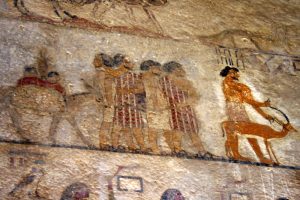
The Blood of the Canaanites
Abraham 1:21–22 mentions a Pharaoh who was Semitic, or rather, was of “of the blood of the Canaanites by birth.” Based on what we know today of ancient Egypt and its Fourteenth Dynasty, that little detail is surprisingly plausible. One issue that is not discussed in the article is this: Was any of the information discussed in this post available to scholars in 1835? From my searching on Google Books, I don’t think so, but would appreciate your input.
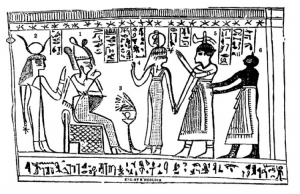
Shulem, One of the King’s Principal Waiters
Figure 5 in Facsimile 3 of the Book of Abraham is identified as
“Shulem, one of the king’s principal waiters.” This post explores the plausibility of an Egyptian official of this kind having the apparently Semitic name Shulem.
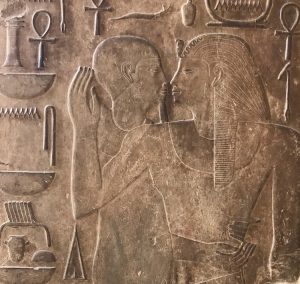
Zeptah and Egyptes
Book of Abraham manuscripts offer two names for women in early Egyptian history, Zeptah and Egyptes, and the significance and plausibility of these names are discussed.
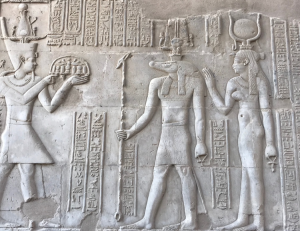
Sobek, The God of Pharaoh
The Book of Abraham identifies “the god of
Pharaoh” as being one of the idolatrous gods worshipped by Abraham’s
kinsmen (Abraham 1:6, 9, 13, 17), and in Figure 9 of Facsimile 1, that god is depicted as a crocodile. The crocodile god Sobek of ancient Egypt is a surprisingly plausible candidate for “the god of Pharaoh.”

The Idolatrous God of Elkenah
The Book of Abraham mentions the pagan god of Elkenah (Abraham 1:6). This non-biblical name could be a plausible fit for one of the pagan gods worshiped by Abraham’s kinsmen. It appears that an ancient god of this name has been identified.
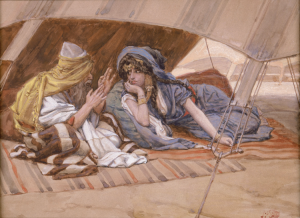
Did Abraham Lie About His Wife Sarai?
Addresses one of the interesting but controversial twists in the Book of Abraham account.
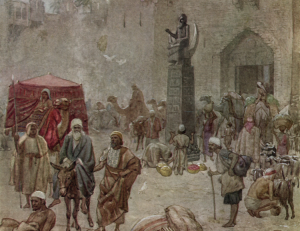
Ur of the Chaldees
The Book of Abraham begins “in the
land of the Chaldeans” (Abraham 1:1) and makes reference to “Ur of the Chaldees” (Abraham 1:20;
2:1, 4, 15; 3:1). Where was that? “Taken together, the evidence from the Book of Abraham text and external
archaeological and inscriptional sources can reasonably point us in the
general direction of modern northern Syria and Turkey as the ancient
homeland of Abraham. While there are many questions that scholars still
grapple with, enough evidence has surfaced over the years that paints a
generally reliable picture of the historical and geographical world
described in the Book of Abraham.”

The Plain of Olishem
The opening chapter of the Book of Abraham mentions a location
named “the plain of Olishem” (Abraham 1:10). There is an excellent candidate for this ancient place in a plausible location. A fascinating, recent discovery.

Human Sacrifice
The Book of Abraham tells of Abraham almost being sacrificed to “dumb idols” and “strange
gods” (Abraham 1:7–8). The form of sacrifice was said to be “after the manner of the
Egyptians” (vv. 9, 11). Was human sacrifice unknown in ancient Egypt as some have claimed? No, there’s strong evidence for the plausibility of this practice under some conditions and times.
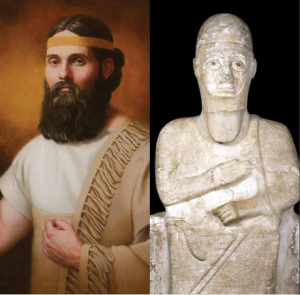
Abraham and Idrimi
Explores some intriguing parallels between the autobiography of Idrimi and Abraham’s account.
As you’ll see from reading these articles, the Book of Abraham in many ways appears to have roots in antiquity with an understanding of some aspects of the ancient Egyptian world. Many details, such as the significance of the Jewish colony at Elephantine in ancient Egypt (and their willingness to build their own temple outside of Jerusalem, much like Nephi did in the New World) probably could not have been known to Joseph Smith. If you are aware of sources available in 1835-1842 for any of these potential evidences of antiquity discussed at Pearl of Great Price Central that could have informed Joseph Smith, were he creator and not translator of the Book of Abraham account, please let me know.

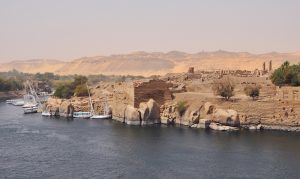








Cool website 🙂